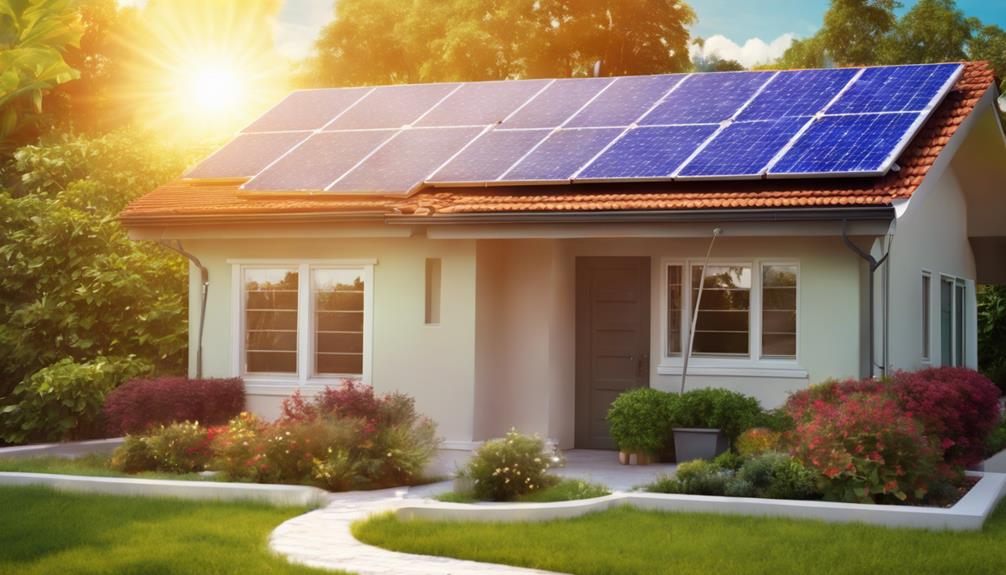
When it comes to enhancing your home security, Ring cameras are a popular choice among homeowners. However, maintaining a consistent power supply for these devices can sometimes be a challenge. This is where a solar panel for Ring camera becomes essential. In this guide, we will explore everything you need to know about integrating solar panels with your Ring camera, ensuring uninterrupted surveillance while also being eco-friendly.
Understanding the Need for Solar Panels with Ring Cameras
With the increasing reliance on smart home devices, maintaining their functionality is crucial. Ring cameras require a steady power source to operate efficiently. While many users rely on traditional power sources, these can be limiting, especially for outdoor installations. This is where a solar panel for Ring camera proves beneficial. By harnessing solar energy, you can ensure your camera remains powered without the need for frequent battery changes or complicated electrical setups. This not only saves time but also reduces the environmental impact of disposable batteries.
How Solar Panels Work with Ring Cameras
Solar panels convert sunlight into electricity, which can then be used to power devices like your Ring camera. Typically, these solar panels are designed to be compatible with specific models of Ring cameras, such as the Ring Stick Up Cam and Ring Video Doorbell. The solar panel connects directly to the camera, providing a continuous power supply as long as there is adequate sunlight. In many cases, the installation process is straightforward and can be completed without professional help, making it an accessible option for many homeowners.
Choosing the Right Solar Panel for Your Ring Camera
Selecting the appropriate solar panel for your Ring camera is crucial for optimal performance. Not all solar panels are created equal; some are designed specifically for certain models, while others may offer universal compatibility. When choosing a solar panel, consider factors such as wattage, size, and installation ease. It’s also important to read reviews and check for any compatibility issues with your specific Ring camera model. Investing in a quality solar panel will ensure that your camera receives a consistent power supply, even during cloudy days.
Benefits of Using a Solar Panel for Ring Cameras
The advantages of using a solar panel for your Ring camera are abundant. First and foremost, it contributes to a sustainable lifestyle by reducing reliance on traditional power sources. Additionally, solar panels can save you money in the long run by minimizing electricity costs and eliminating the need for battery replacements. Furthermore, a solar-powered Ring camera can be placed in remote locations where power outlets are not available, thereby expanding your surveillance possibilities. With a solar panel, your home security system remains operational, giving you peace of mind.
Solar Panel Installation for Ring Cameras: A Step-by-Step Guide
Installing a solar panel for your Ring camera is a relatively simple process. Here’s a quick step-by-step guide:
1. Choose the Location: Select a spot that receives ample sunlight throughout the day.
2. Mount the Solar Panel: Use the provided mounting brackets to secure the solar panel in place, ensuring it’s angled to capture maximum sunlight.
3. Connect the Panel to the Camera: Follow the instructions to connect the solar panel to your Ring camera. This usually involves plugging in a cable from the panel to the camera.
4. Test the Setup: Once everything is connected, check your Ring app to ensure your camera is receiving power from the solar panel.
With minimal tools and basic DIY skills, most homeowners can complete this installation successfully.
Maintaining Your Solar Panel for Optimal Performance
To ensure your solar panel for Ring camera functions effectively, regular maintenance is essential. Keep the panel clean by removing dust, debris, or snow that may obstruct sunlight. A simple rinse with water and a soft cloth can be sufficient. Additionally, check the connections periodically to ensure they remain secure and free from corrosion. Keeping an eye on the performance of your Ring camera will also help you identify any potential issues early on, allowing you to address them before they impact your home security.
Common Issues and Troubleshooting Tips
While solar panels for Ring cameras are generally reliable, you may encounter some common issues. For instance, if your camera isn’t charging properly, check to ensure that the solar panel is receiving adequate sunlight. Trees or buildings may have grown or changed in a way that blocks sunlight. If your camera isn’t turning on, verify that all connections are secure and that the camera is functioning correctly. In case of persistent issues, consult the manufacturer’s guidelines or customer support for further assistance.
Conclusion: The Future of Home Security with Solar Power
Integrating a solar panel for your Ring camera is not just a practical solution for maintaining power; it’s a step toward a more sustainable and efficient home security system. By choosing the right solar panel and maintaining it properly, you can enjoy uninterrupted surveillance while reducing your carbon footprint. With advancements in solar technology, the future of home security looks brighter than ever. Make the switch to solar-powered security today and experience the benefits of a self-sustaining home monitoring system.
In summary, solar panels for Ring cameras offer a reliable, eco-friendly solution to keep your home secure. By understanding their functionality, selecting the right panel, and maintaining your setup, you can ensure that your Ring camera remains powered and ready to protect your home.





